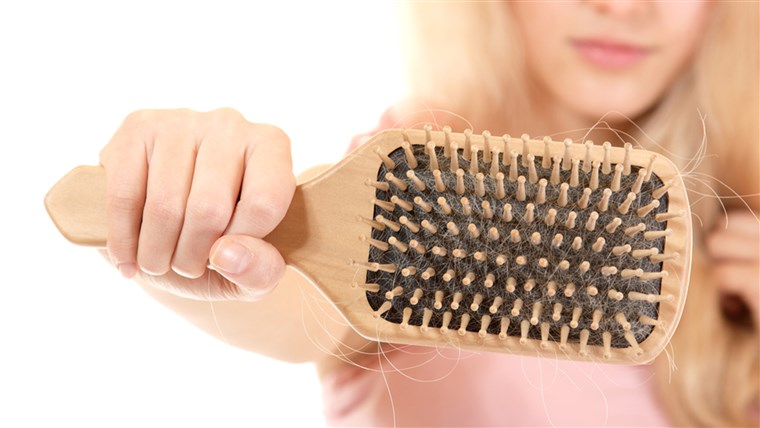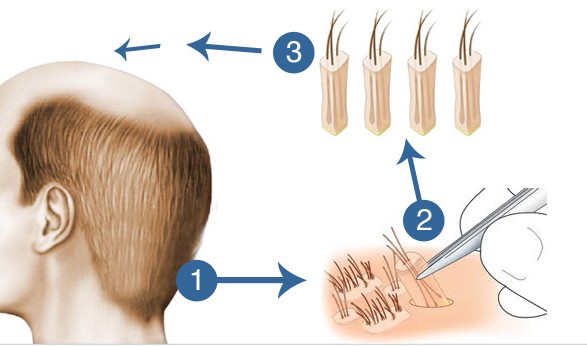
You may be a person looking for a solution to your hair loss or baldness and exploring the ways to find a solution and will later on find that hair transplant is the best solution because it is permanent and grows hair naturally without any side effects.
Don’t just look for the best price without looking at the standards of the clinic & here are the points you should check for finding out the best clinic:
- Experienced Doctors: The procedure should be carried out only by the experienced doctors who are specialized in the field of hair transplantation. Many clinics carry out the procedures without doctors and they simply claim to be doctors without any medical background, they put risk at people’s lives by performing hair transplants.
- Qualified Technicians & Staff: Qualified and experienced medical staff is vital for the successful procedure of the hair transplant. Doctor plays the major role in the outcome of surgery but members in the medical team provides enough support to the doctor and patient in carrying out the procedure.
- Modern Techniques: The procedure must be performed in a hospital like environment equipped with utilizing high quality and modern medical technologies according to the medical advancements taking place around the world.
- Reviews: Simply showing the before & after pictures is not enough to prove that the clinic is of quality one. See the reviews and rating put by the customers.
- Counselling: The clinic should provide necessary counselling services to the patients prior to the operation, also provide information regarding all the medical and administrative procedures to be carried out as well as the treatments that will be applied.
- Verify Grafts: Make sure that the clinic has the facility to count the grafts after the hair transplant and to make sure that the grafts count matches with the promised one.
- Confidential: A high quality clinic will preserve the safety of the personal data and medical records.
- Transparency & Trust: During the physical examination the patient’s medical history and the possible allergic condition prior to the hair transplantation are assessed. If the patient carries any risk that prevents him from carrying out the procedure, the doctor has to impart such information and a good clinic will give importance to human health above all else.
- Support & After Care: After the hair transplant, a good hair transplant clinic will review the progress of patients on a regular basis and will make sure that the necessary support is provided, if needed. This will establish a long lasting relationship between the clinic and the patients.
- Cost: And finally, the Cost – Most people who look for hair transplant just compare the cost and nothing else. Our head is precious and don’t let anyone simply play with it. Quality always comes with a better price tag.
It’s always recommended to visit the clinic and make sure that the clinic meet all the quality standards before finalizing the clinic for hair transplant.
At Hair O Craft, we always make sure to follow all the quality standards!




